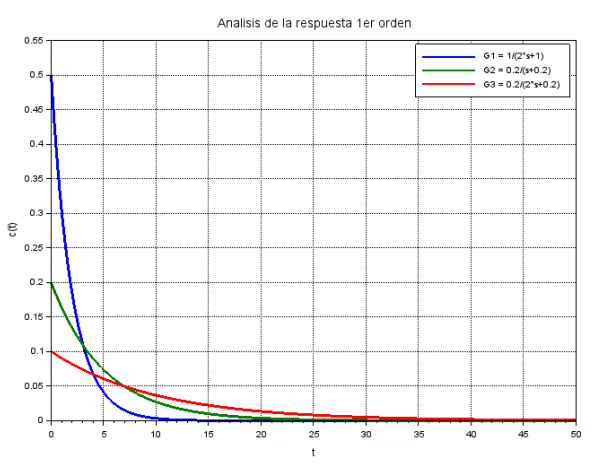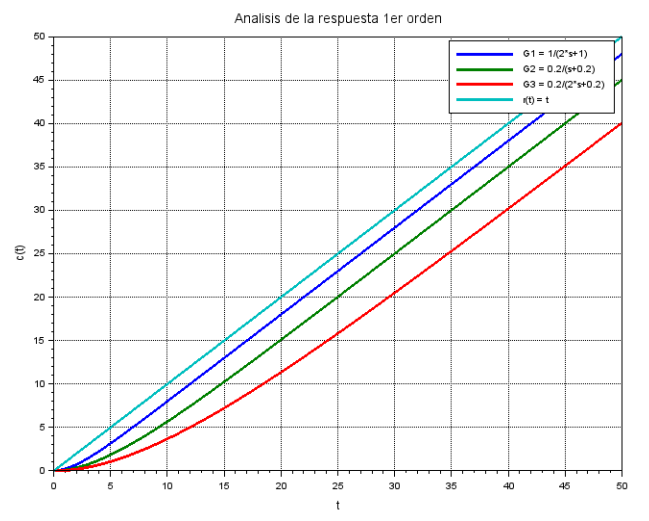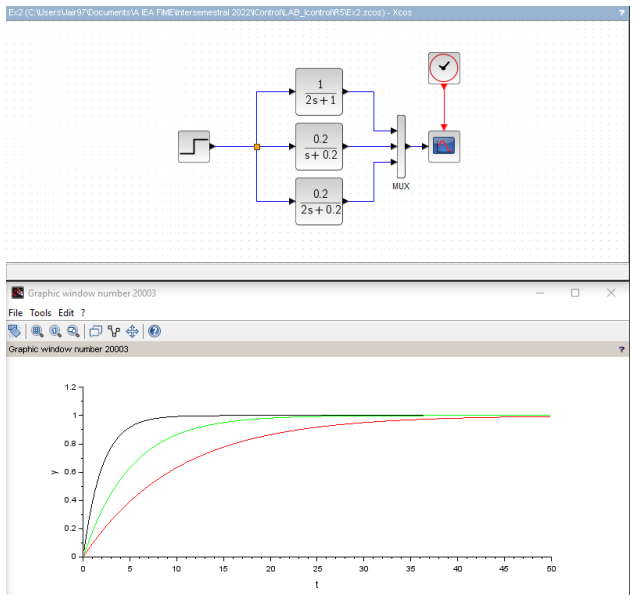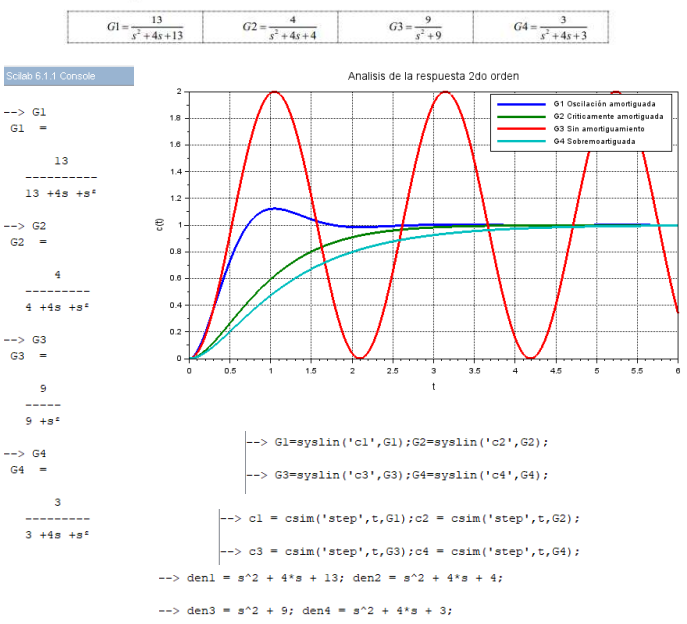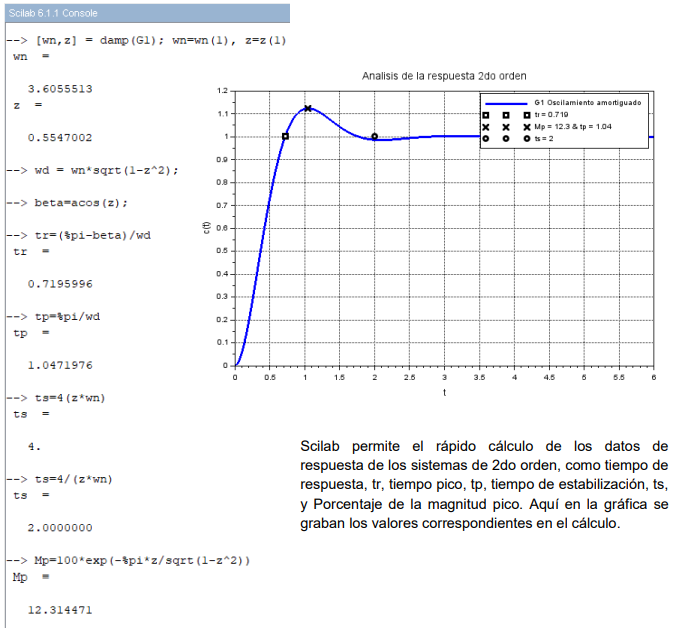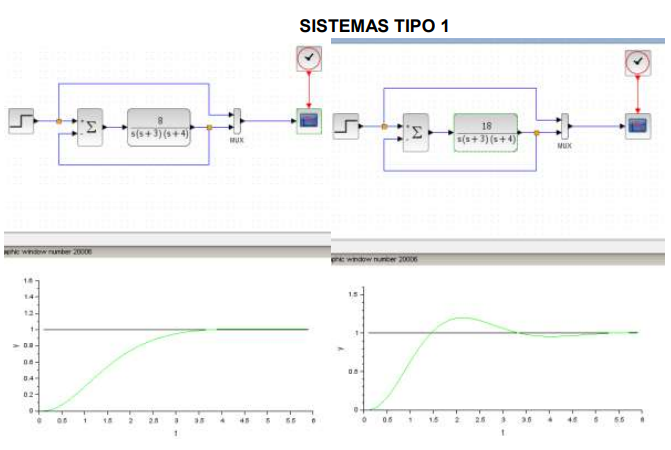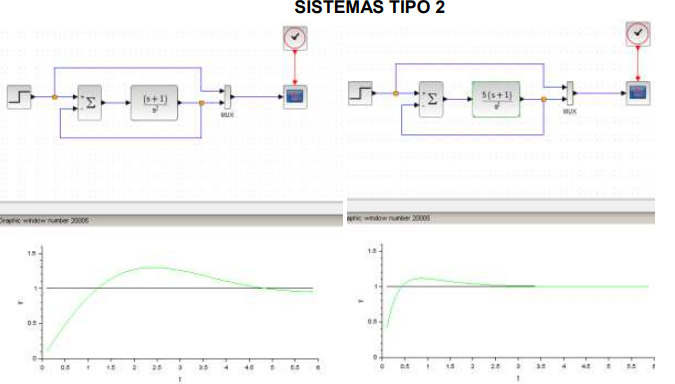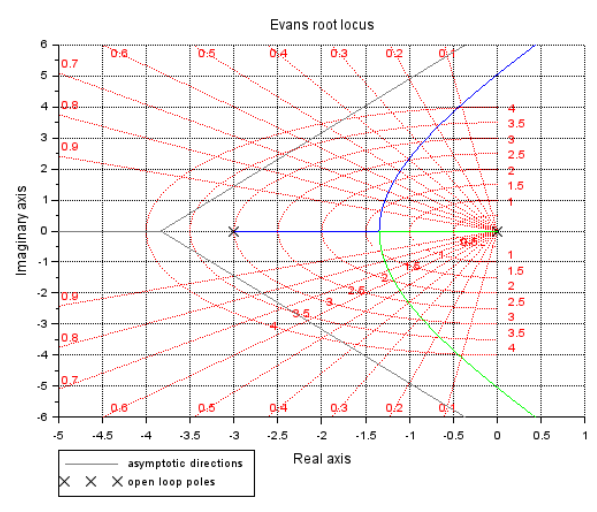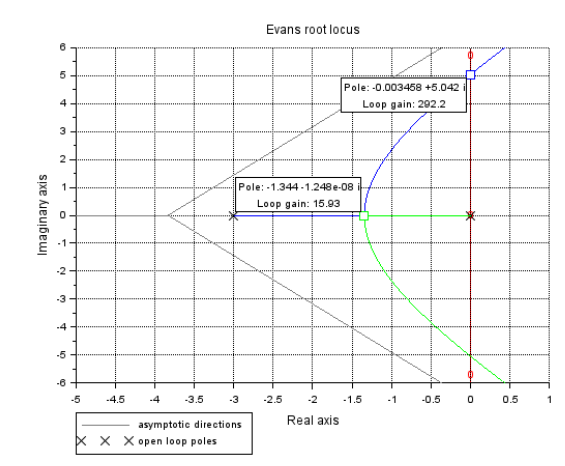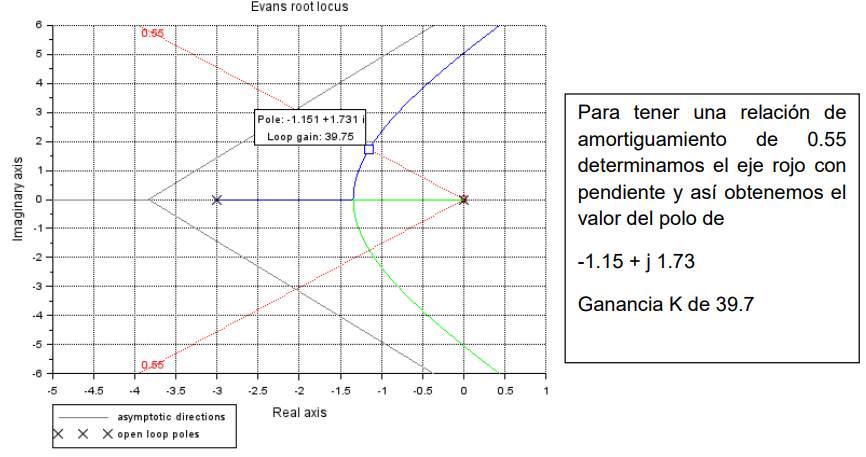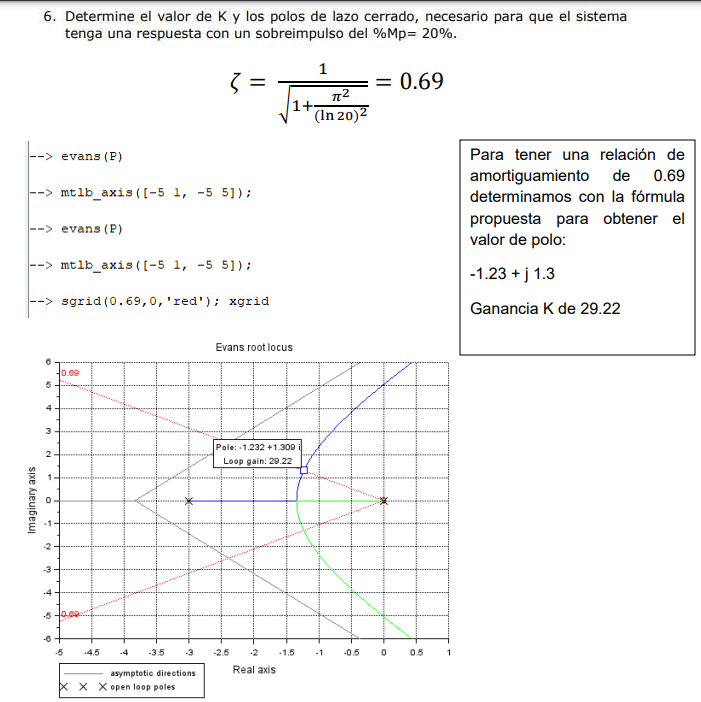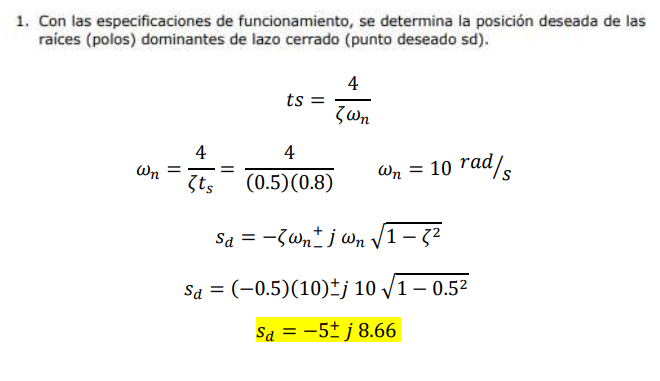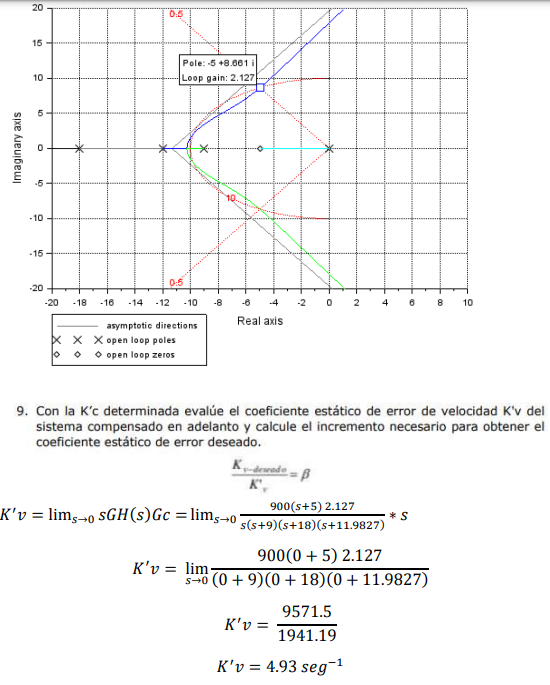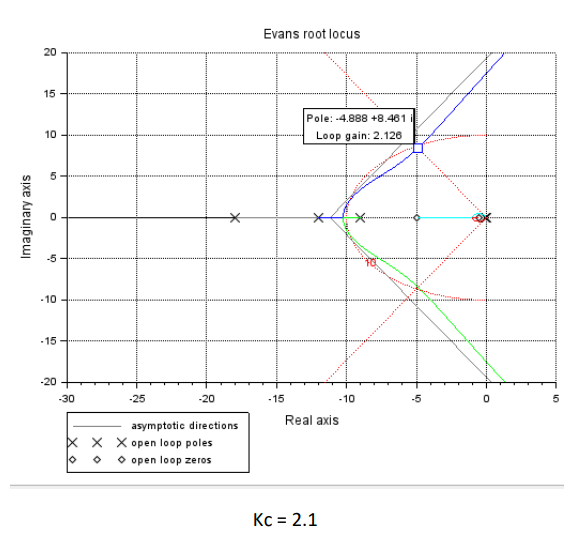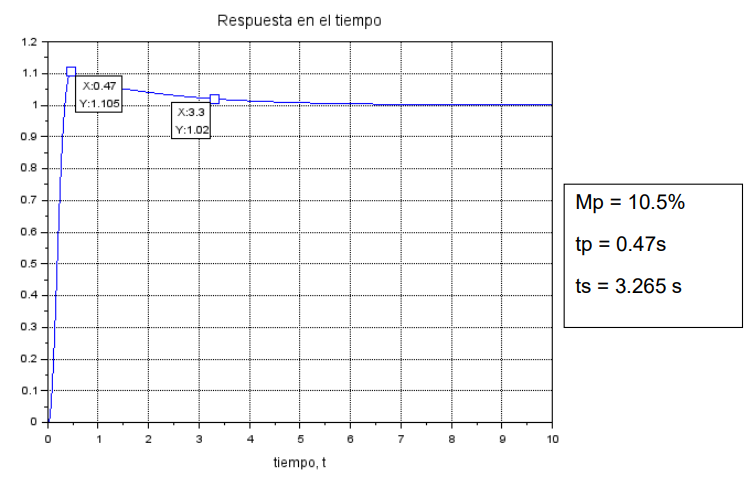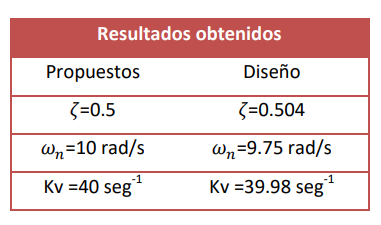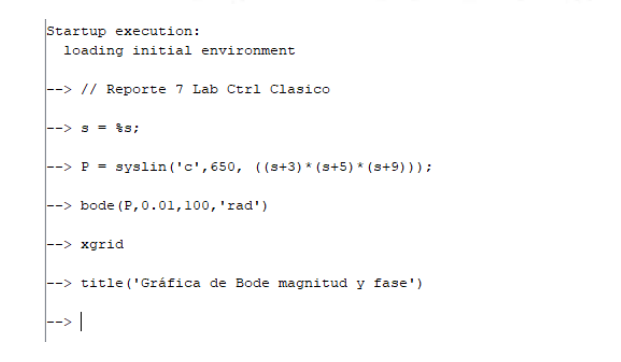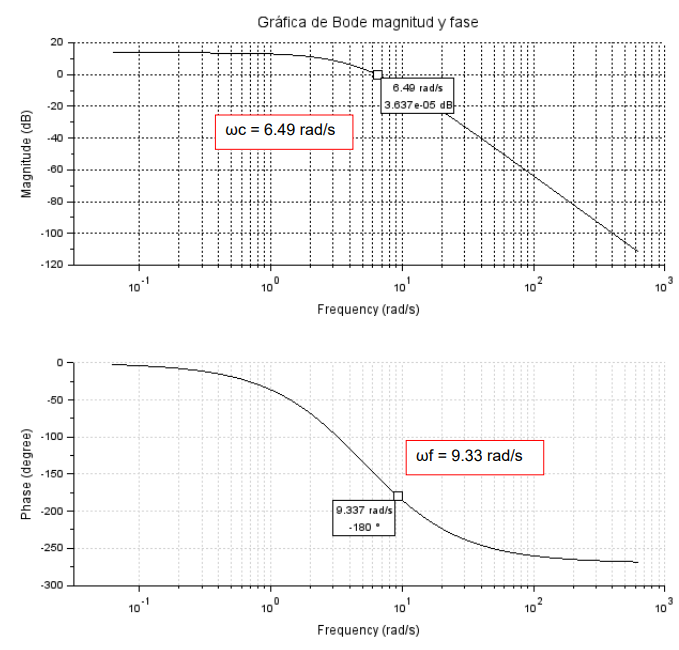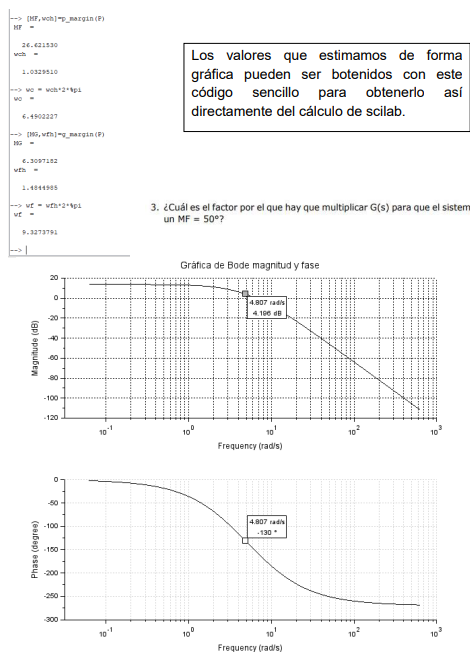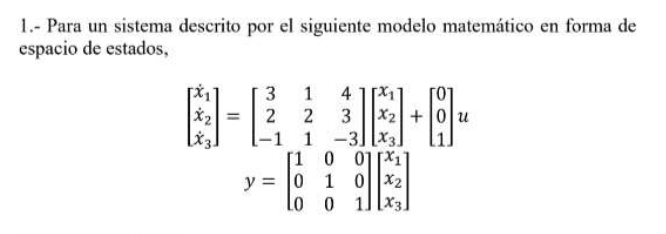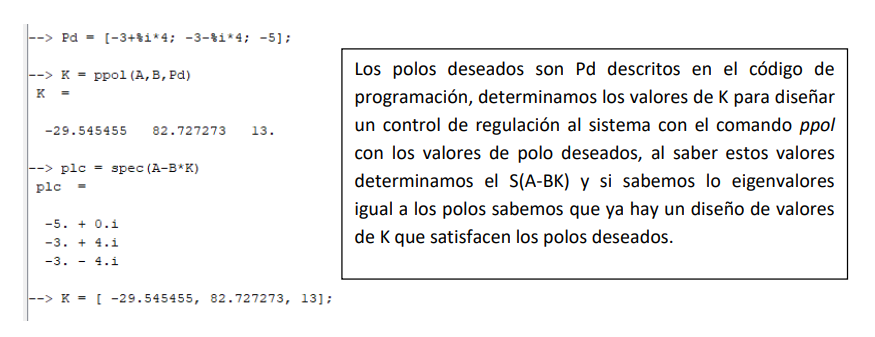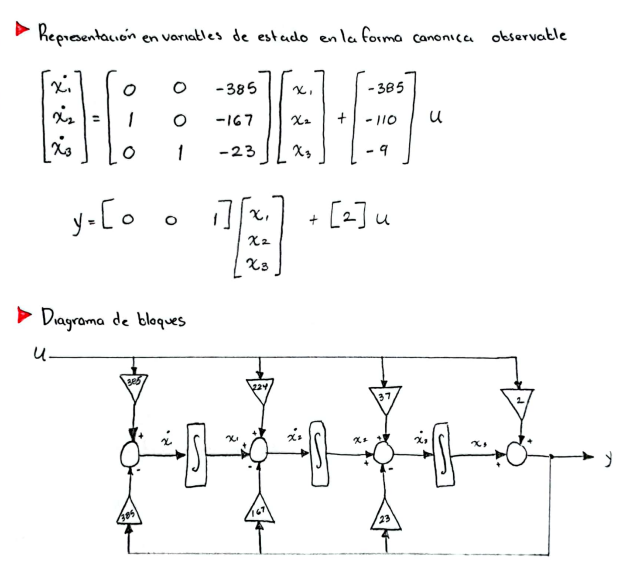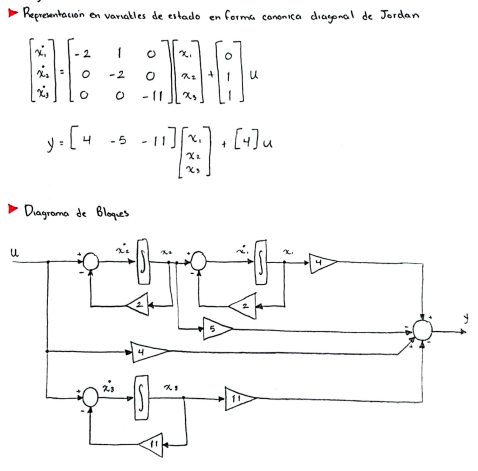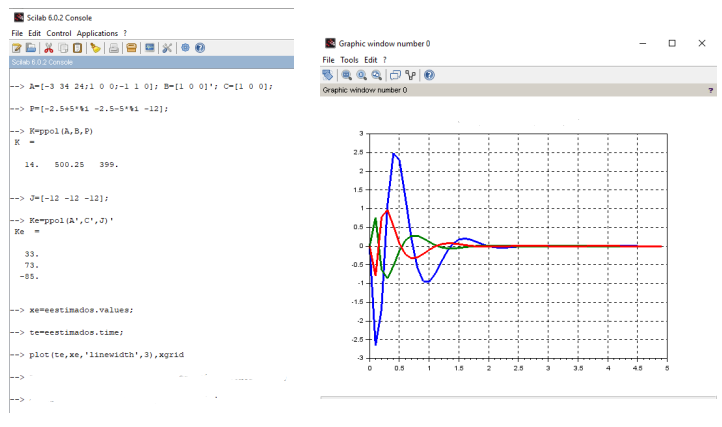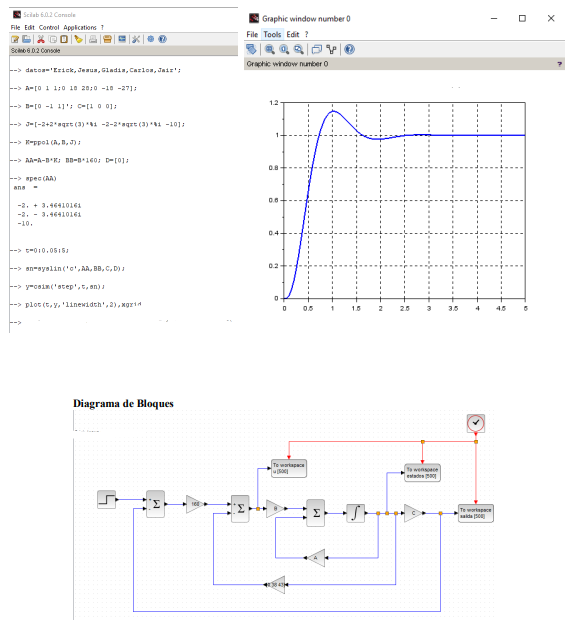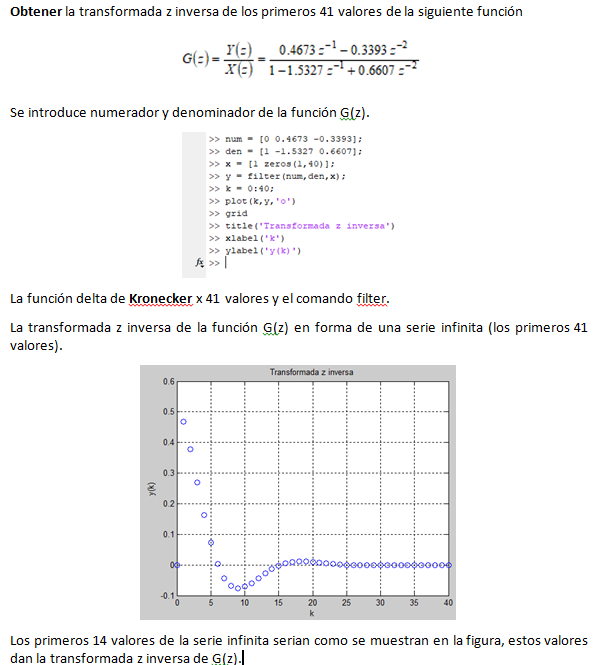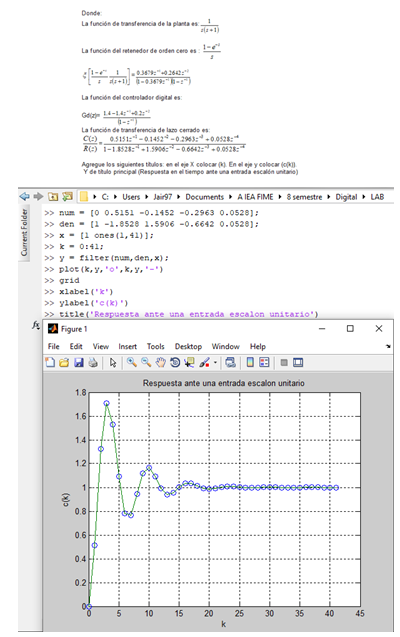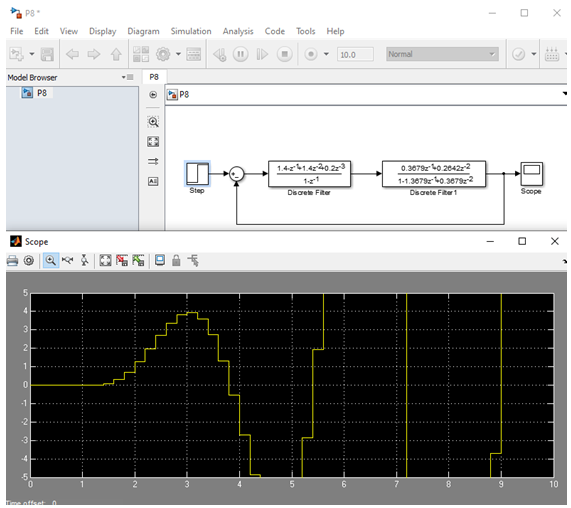As an automation engineer, I have on my engineering curriculum different Control Theory classes that enhance my knowledge about control systems and design. This repository uses Scilab as a tool to analyze, design and apply the control theory and response of dynamical systems.
-
[1] Katsuhiko Ogata (2010) Modern Control Engineering. 5th ed. Upper Saddle River, NJ: Prentice Hall. ISBN: 0136156738, 9780136156734
-
[2] Norman S. Nise (2010) Control Systems Engineering . 6th ed. Wiley; Binder Ready Version. ISBN: 0470917695, 978-0470917695
-
[3] Kirk, D.E. (1998), Optimal Control Theory, USA:Prentice Hall. ISBN: 978-0486434841
-
[4] Ogata, Katsuhiko. Discrete-time control system 2nd ed. Prentice-Hall. ISBN: 978-0130342812
- Intro to Control systems
- Mathematical modelling
- Frequency domain versus time domain
- Time response: Transient and steady state response
- Stability
- Steady state error
- Root Locus Method
- Frequency response - Bode plot
- Root Locus Method
- Lead compensation
- Lag compensation
- Lag-lead compensation
- Frequency Response Approach
- Lead compensation
- Lag compensation
- Lag-lead compensation
- State space representation
- Solving the Time Invariant State Equation
- Pole placement
- Controllability
- Regulator system design
- Design of Servo Systems
- Observability
- Observer design
- The z Transform
- The Inverse z Transform
- z Transform method for solving difference equations
- The Theory of Optimal Control
- Linear-quadratic-Gaussian control: Riccati equations
- Optimal control in linear systems using quadratic criteria

